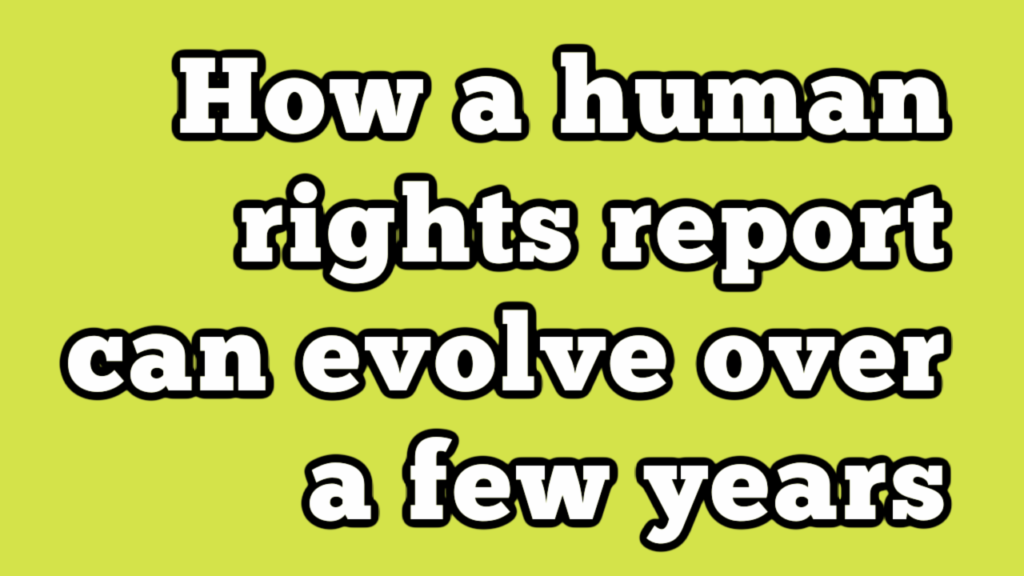How a human rights report can evolve over a few years

– Unilever’s first human rights report in 2016 included multiple data points at the macro level, perhaps to make up for sparse company-specific data.
– Five years later, Unilever’s report shows how social strategies and disclosure are evolving, with a wealth of company-specific data.
This excerpt from a GreenBiz article is a good example of how ESG reports can improve over time:
Yet, there has been little consistency in corporate disclosures as adoption rates varied and as the focus deepened on easier quantified risks that have felt more urgent and actionable: greenhouse gas emissions; waste to landfill; diverse hiring/retention; etc. For instance, Unilever’s inaugural Human Rights report, published in accordance with the U.N. Guiding Principles in 2016, included multiple data points at the macro level, perhaps to make up for sparse company-specific data.
Fast-forward to 2021, and Unilever’s third Human Rights report is a study in how social strategies and disclosure are evolving. The report offers a wealth of company-specific data such as the number of workers affected by discrimination, fair wages and working hours across the company’s supply chain. Direct impact numbers such as these more easily can be translated into measuring risk, making the disclosure more useful and implementable.
